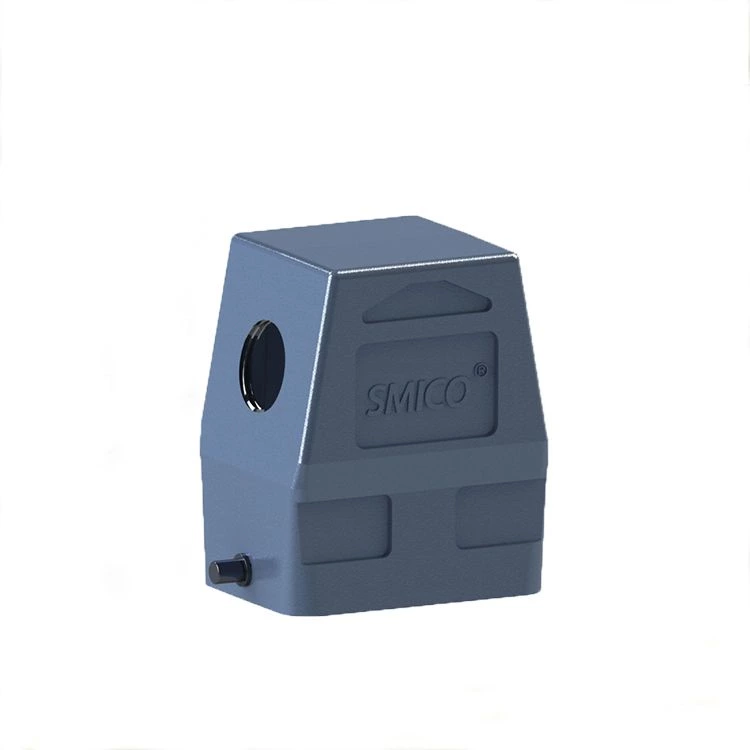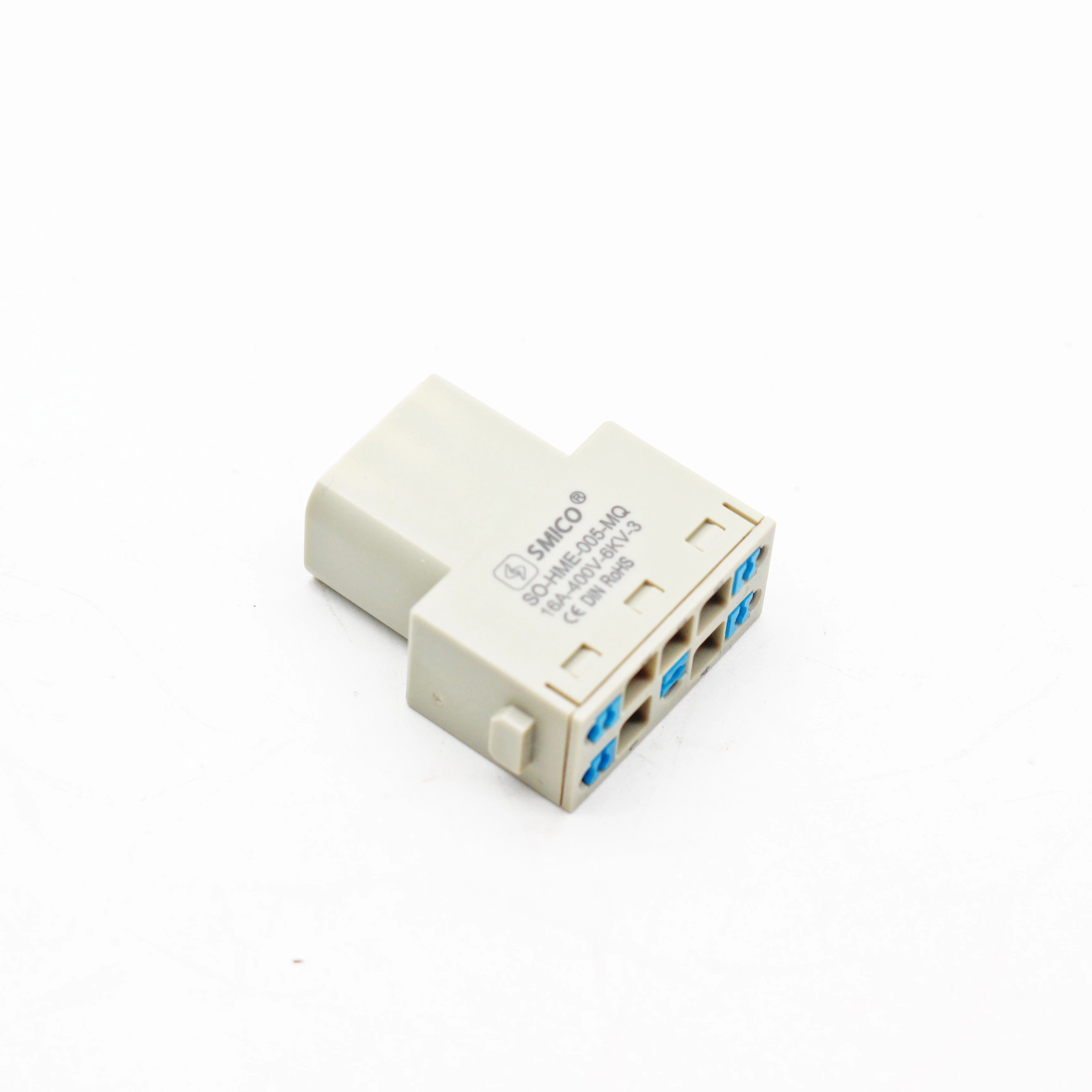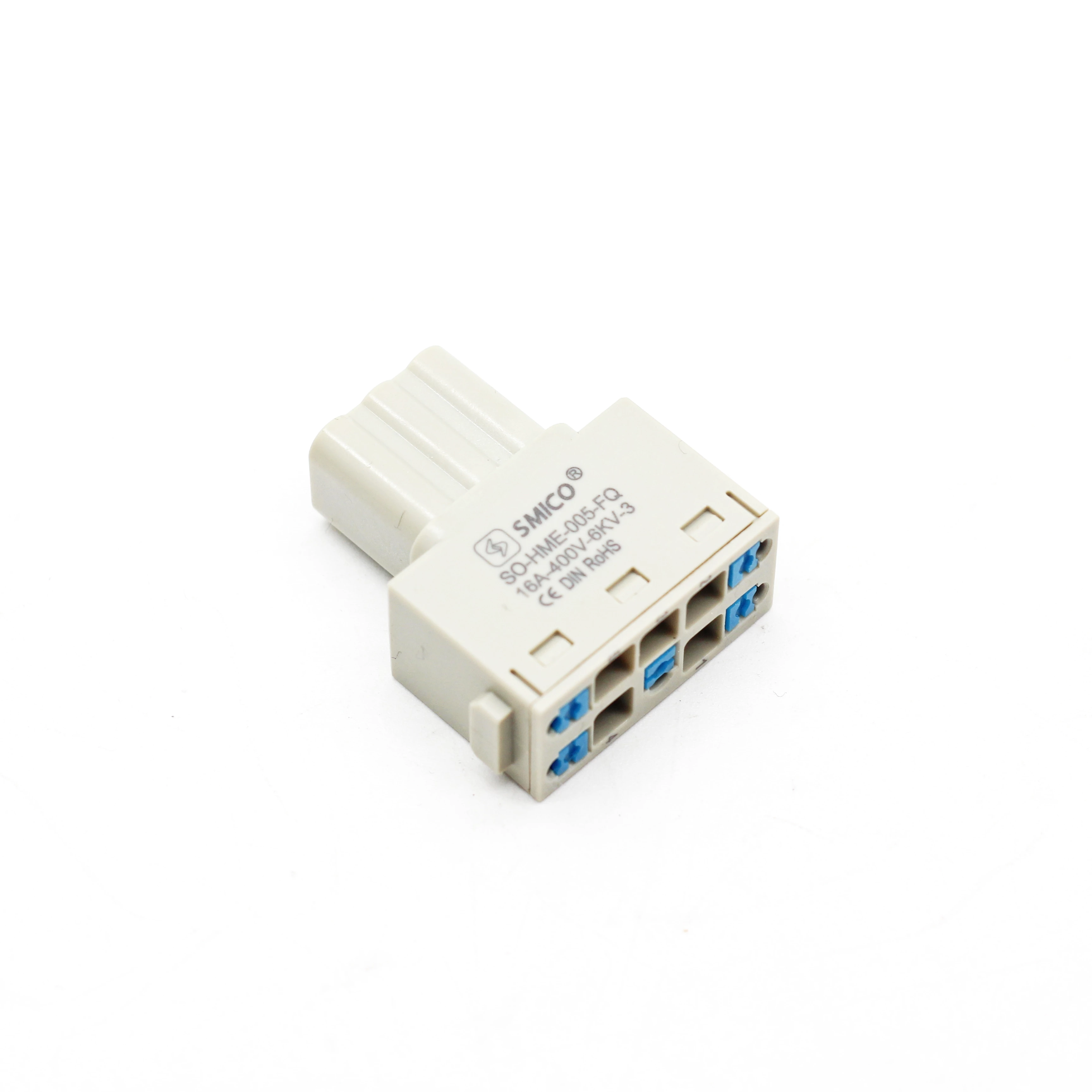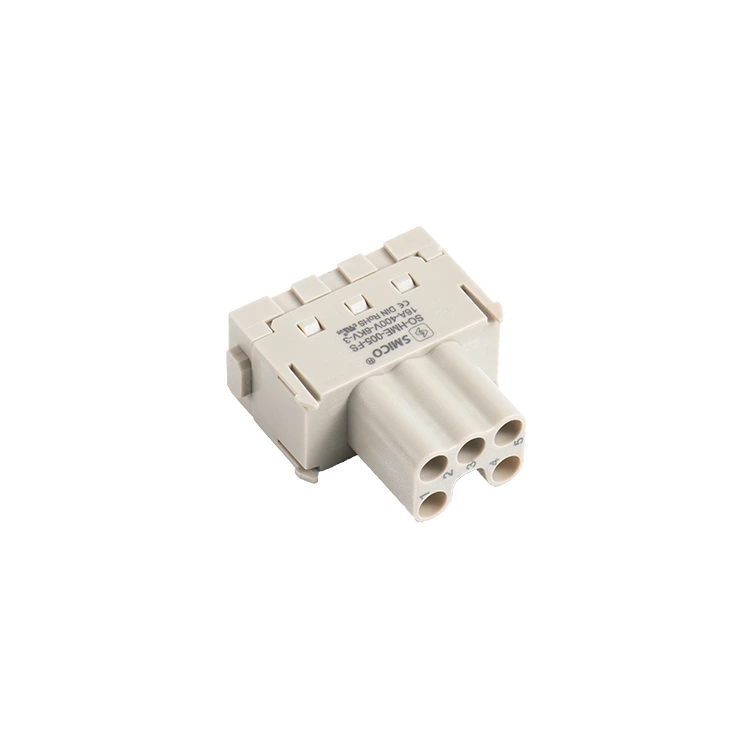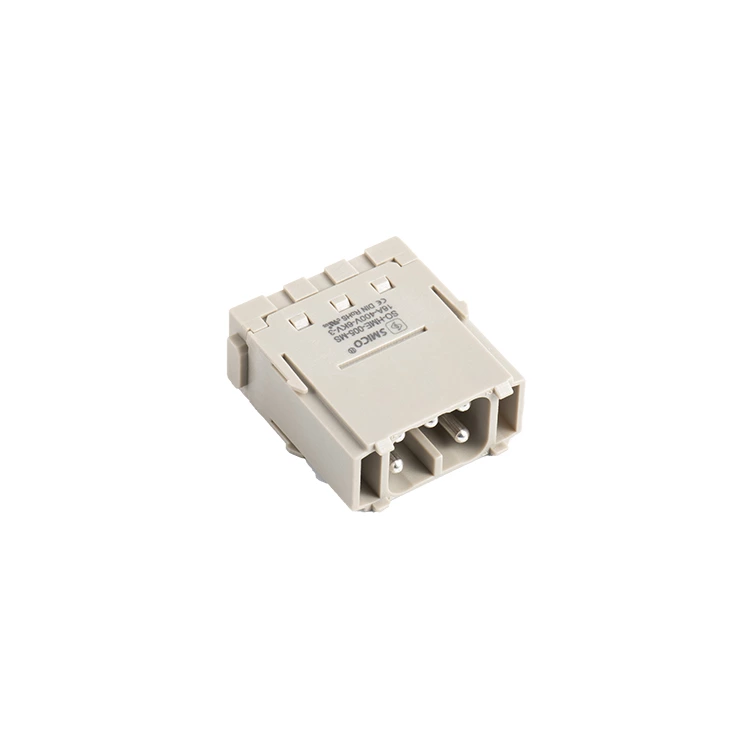Energy Storage Connector Track Falls Into False Prosperity
The new electrochemical energy storage connector is one of the most prosperous tracks at present: the domestic installed capacity in 2021 increased by 67.7% year-on-year, and the annual compound growth rate (CAGR) is expected to be 53.3% from 2022 to 2026 (CNESA data).
The battery storage connector market is also generally regarded as the next trillion-dollar market that may explode, with great development potential. Tesla founder Musk once boldly expressed his expectations for the storage connector business: it can be developed to be on par with the automotive business, or even surpass the automotive business.
In such a track with great development potential and high prosperity, players are generally affected by factors such as rising raw material costs and intensified industry competition. While revenue is growing rapidly, profitability is generally not strong, and some companies are "losing money to make a profit".
Although the industry is growing rapidly, it is not as glamorous as it seems on the surface.
The "storage connector Industry Research White Paper 2022" (hereinafter referred to as the White Paper) released by the Zhongguancun storage connector Industry Technology Alliance pointed out that "the storage connector industry has ushered in unprecedented attention and hot investment climax in 2021", but "most of the storage connector projects that have been invested and built have not yet formed a stable and reasonable profit model" and "many small and medium-sized enterprises are still struggling."
Under the rigid requirements of the 2030 carbon peak target and the battery storage connector construction plan of the national power grid, the market size and high growth of the battery storage connector track are certain, but the rapid growth of the industry does not mean good performance of the players. The entire track is currently more like a false prosperity, and there are still a series of problems to be solved.
01
Fanatical and Dilemma
Under the pressure of the new crown epidemic and supply chain shortages, such a growth rate is really rare.
2021 is generally considered to be the first year of the policy for the 0000 industry, and it is also the first year from the early stage of commercialization to large-scale development. Under the impetus of the "dual carbon" strategy, the central government and local governments have issued more than 300 policies related to energy storage, and have clearly locked in the target of 30GW of energy storage installed capacity by 2030, and the industry has officially become popular.
In particular, some domestic lithium battery and energy storage companies have already possessed international competitiveness, and their revenue growth far exceeds the average growth rate of the domestic energy storage industry.
GGII data shows that domestic energy storage battery shipments reached 48GWh in 2021, a year-on-year increase of 2.6 times; among them, power energy storage battery shipments reached 29GWh, a year-on-year increase of 4.39 times from 6.6GWh in 2020. Under the pressure of the COVID-19 pandemic and supply chain shortages, such a growth rate is really rare.
Among the listed energy storage companies, CATL's energy storage system revenue reached 13.62 billion yuan in 2021, a year-on-year growth rate of 601%; Sungrow's energy storage system achieved operating income of 3.14 billion yuan, a year-on-year increase of 168.5%; Sungrow's energy storage bidirectional converter and system integration product revenue increased by 135% year-on-year to 140 million yuan. The energy storage business of each company is soaring.
Reflecting on the secondary market, a number of energy storage concept stocks had skyrocketed in stock prices in mid-2021 with the high prosperity of the industry. The "CNESA Energy Storage Index" compiled by the Zhongguancun Energy Storage Industry Technology Alliance rose by 64.80% overall in 2021, exceeding the performance of 90% of public and private equity funds.
However, since December last year, the CNESA Energy Storage Index has begun to decline continuously. Among the 54 constituent stocks, many of them have halved their stock prices from their highs in 2021 or even fallen by more than 2/3. For example, the share prices of Sungrow Power Supply, Sineng Electric, Kehua Data, KSTAR, Payne Technology, and EVE Energy have all been halved.
The reason is that, on the one hand, energy storage belongs to the high-growth track, and its high valuation will also be adjusted with the adjustment of growth stocks in the A-share market; but on the other hand, while the energy storage industry is growing rapidly, it is also facing considerable development difficulties.
As mentioned above, while revenue is growing rapidly, the profitability of enterprises is generally not strong, and some enterprises are even "losing money to gain publicity."
Taking several typical companies as examples, the gross profit margin of the energy storage business of CATL, which ranked first in domestic energy storage battery shipments in 2021, dropped from 36.03% in 2020 to 28.52% in 2021; the gross profit margin of the energy storage business of Sungrow Power Supply, the energy storage system integrator with the largest overseas shipments in 2021, dropped from 21.96% to 14.11%.


